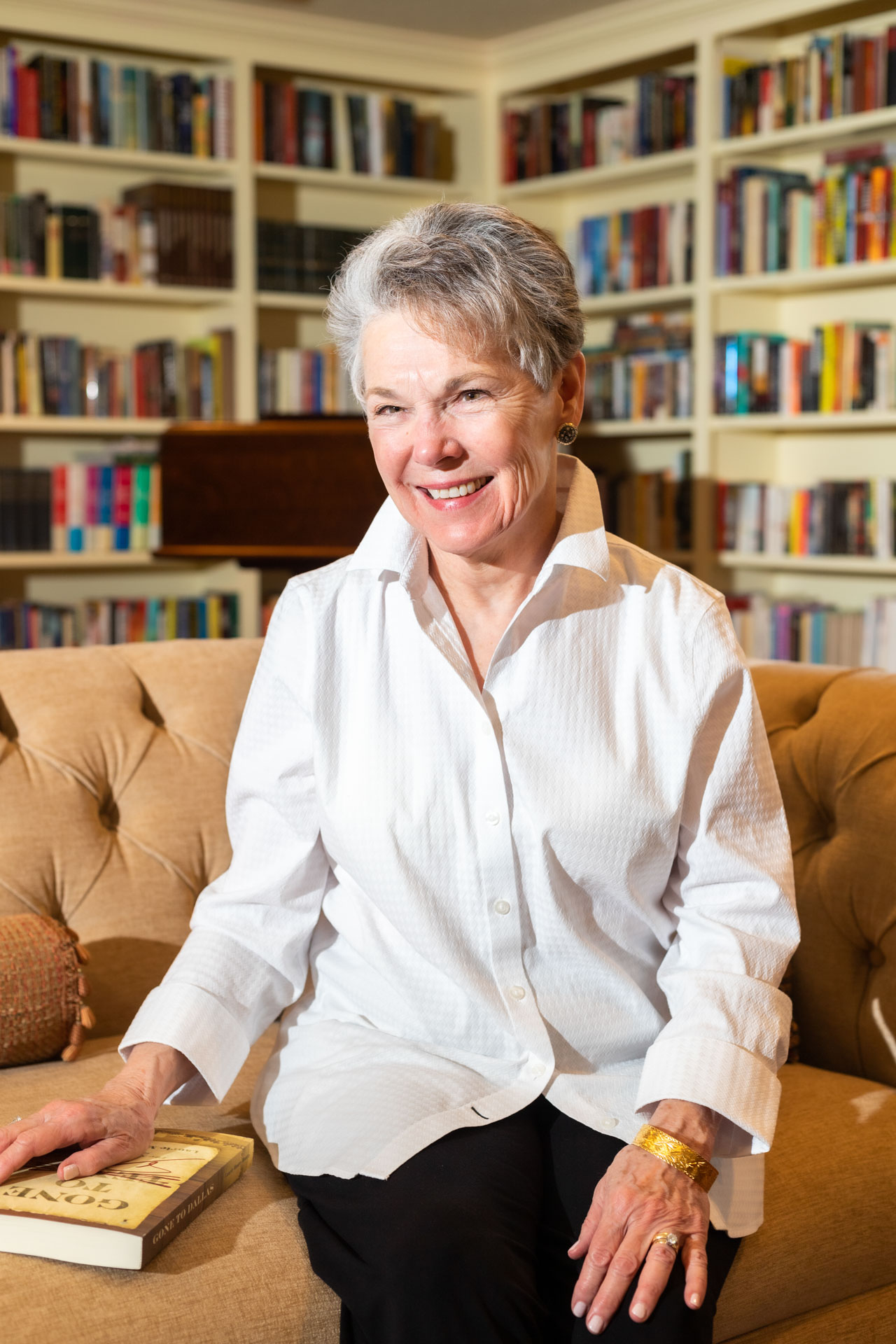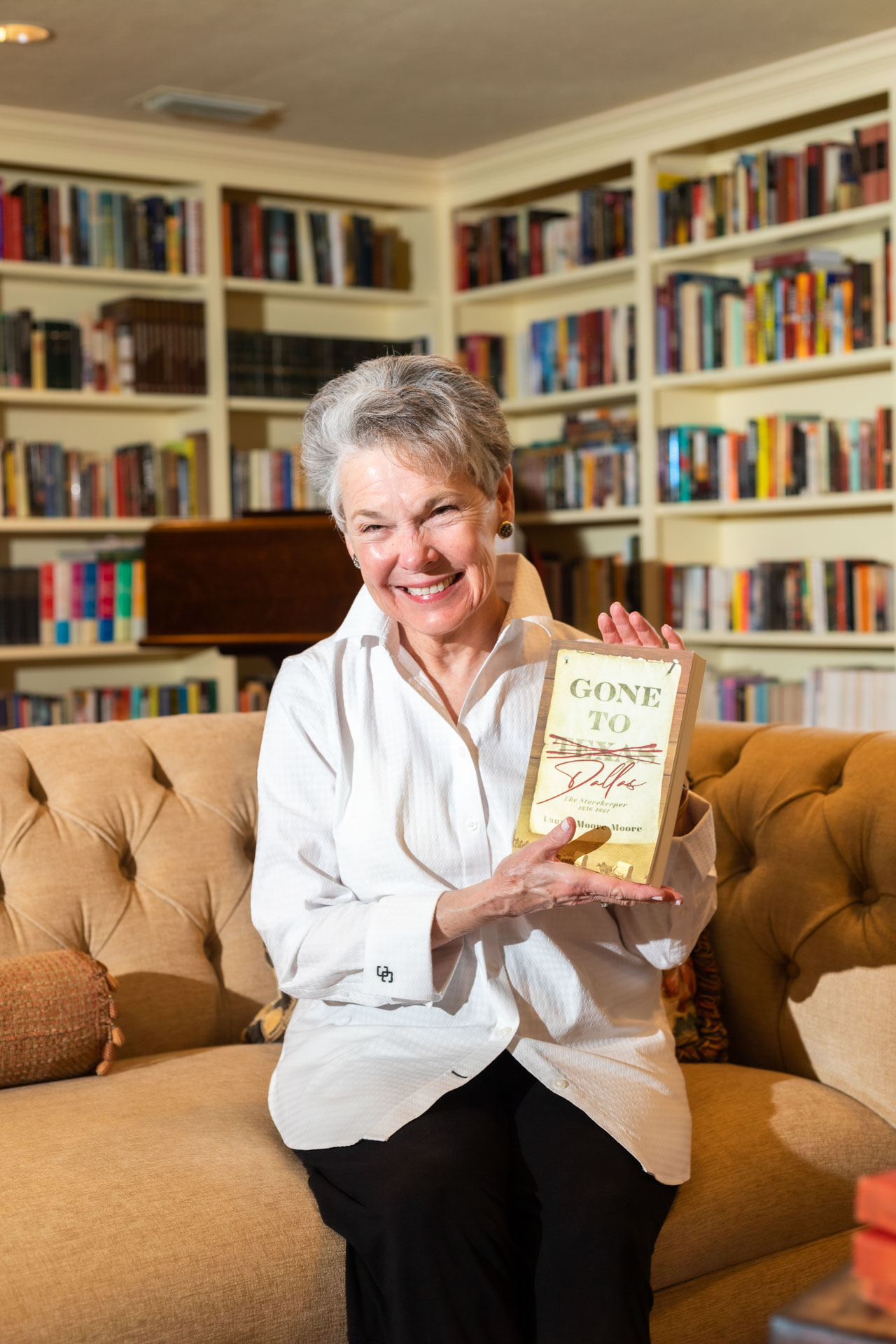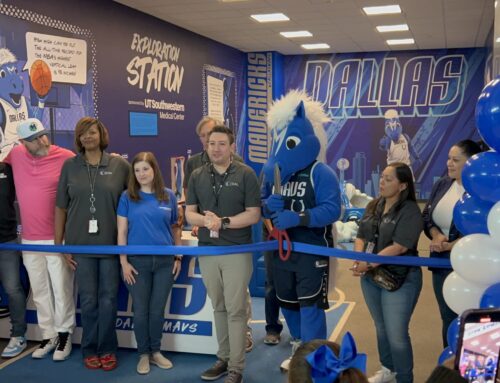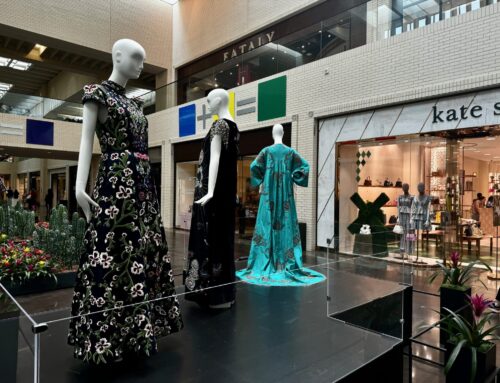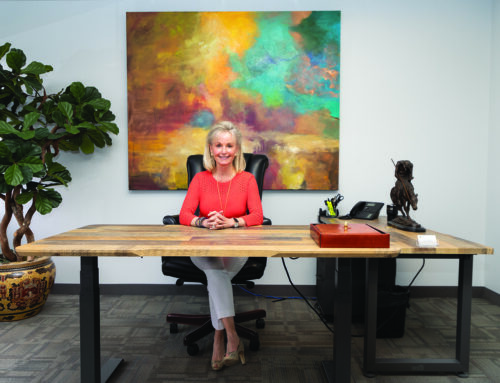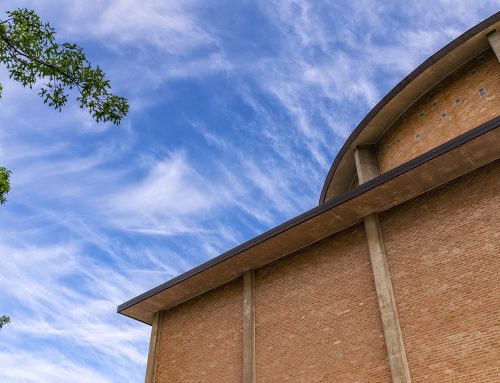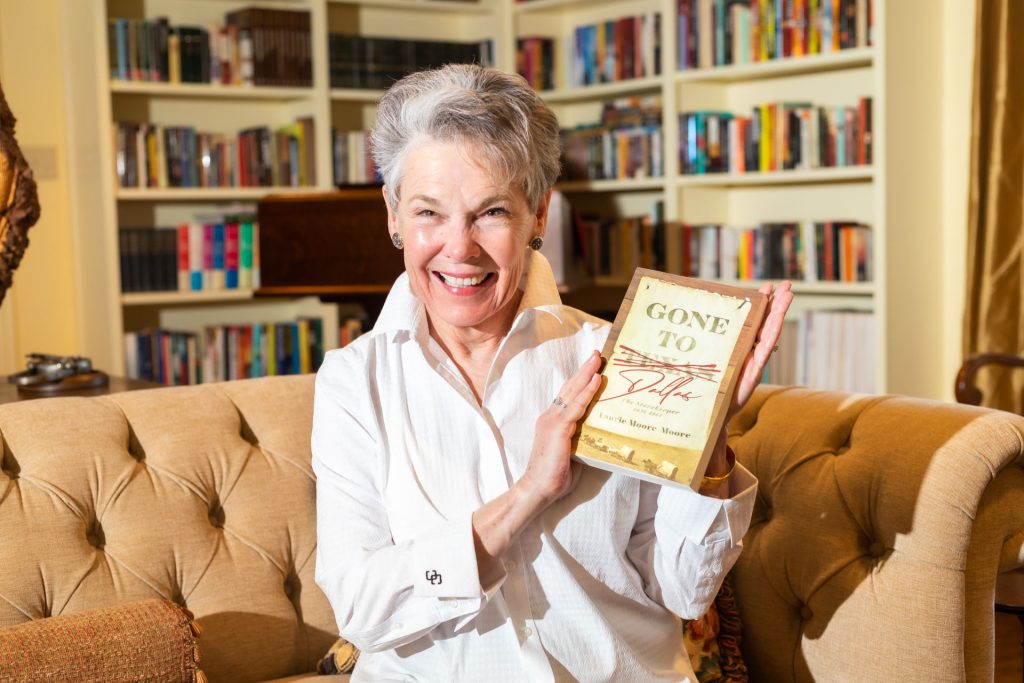
Laurie Moore-Moore was born in Hamilton, Texas, and grew up in Killeen. Her father, a fourth-generation Texan, was a post engineer at Fort Hood with the Army Corps of Engineers and civilian Corps of Engineers. And her mother, a Canadian, was a kindergarten teacher. She grew up during a time when they would have been called “free-range kids.”
During the summer, Moore-Moore and her siblings were out the door after breakfast and only came back again for lunch.
“You couldn’t get into much trouble because everybody in the neighborhood knew you,” Moore-Moore says.
After dinner, her best friend who lived next door and Moore-Moore would spread a blanket out in the backyard and lay down after dinner to watch the clouds and count the stars.
“Doesn’t get much better than that,” she says.
Moore-Moore’s small-town, freedom-filled childhood helped her fall in love with Texas and writing.
She read just about everything in Killeen’s small library of donated books. Nancy Drew and Louisa May Alcott ’s Little Women series were favorites. After majoring in advertising marketing and a graduate program in mass communication, she worked as a fashion writer at John Wanamaker ’s eight-floor department store in Philadelphia.
After a stint at an ad agency in Washington, D.C., she caught the entrepreneurial bug.
Her first company made souvenirs for America’s bicentennial anniversary. The company created an intricate to-scale map of the Washington Mall, printed on a dark brown parchment suitable for framing. And it produced a picture map of the National Zoo with punch-out characters. Neither was a big seller. Turns out the best-selling souvenirs were a plaster replica of the Washington Monument with a thermometer and a huge fly swatter.
“I learned the importance of doing your research before you start your company,” Moore-Moore says.
She launched Real Trends, a research company in the real estate industry space. It was a trend ladder for CEOs, top management teams at national franchise organizations, and the 100 largest residential brokerage firms. She sold that company to a partner and launched the Institute for Luxury Home Marketing in 2002, which she sold to a private equity group six years ago.
About the same time, she and her husband of 57 years sold their Kessler Park home to move closer to their son in Preston Hollow. Retired and living through a pandemic year with less to do, Moore-Moore sat down and wrote Gone to Dallas, the book she says she has been waiting to write.
WHY DID YOU WRITE THIS BOOK?
I’m a fifth-generation Texan. And I have always had a passion for Texas history and a really strong curiosity, I guess, about how early Texans lived. And for several decades, I’ve had this story rattling around in my head. I was always too busy to do anything about it because of my business. After I retired, I thought: OK, it ’s time to let the s tor y out. And I have to tell you, the words just simply poured out onto the page. I wrote about 50,000 words the first four weeks.
HOW WOULD YOU SUMMARIZE THE STORY?
It’s a historical novel with a Texas twist. It features a really strong fictional woman, Sara Darnell. She’s a young newlywed, and she travels from Tennessee to Texas in a wagon train. She arrives in Dallas as a 19-year-old widow. Her dream is to open a general store. And she arrives in this tiny log cabin village of Dallas that ’s ver y much a man’s world. The big question is: Is she going to be able to overcome all the challenges that she faces? The risks are pretty high, because failure means being a single woman, young and destitute in Dallas. That makes it sound like a simple story, and it is. But I think it ’s also what I would call an enduring story of determination and the resourcefulness that it took settlers to settle the West. It is salted with actual Texas and Dallas history and peppered with some real historical characters. There’s some humor; there’s a look at the power of friendship. And, you know, what ’s life without a little love?
IS THE MAIN CHARACTER BASED ON SOMEONE SPECIFIC?
She is totally fictional. And yet, a lot of the characters whose surround her are actual people who were in Dallas at the time. Johnny Bryanand, particularly, his wife. Also, Alexander and Sarah Cockrell, two people not a lot of Dallasites know about but who are really the two people who were the most important, I believe, in building Dallas and star ting it off as the town that grew into the successful city that we have today. Sarah Cockrell was widowed during the time period of my book. She’s known as the first capitalist in Dallas. She was a strong woman who believed that she needed to be behind the scenes, the kind of woman who was an iron fist in a velvet glove, if that makes sense. When she died, she owned 25% of Dallas. I’ve tried to make the book as historically accurate as I possibly could. And I’ve been gratified because I’m getting really good reviews from the historians. You know, it’s been fun to see historians say: Hey, you got it right.
HAVE YOU ALWAYS HAD A LOVE OF DALLAS HISTORY?
I had a great history professor at Tech. That’s one of the things that kind of fueled my interest in Texas history. I chose Dallas for three reasons. Number one, it’s home. Number two, I think people all around the world have a fascination with our city. I traveled in business for more than 30 years, and you get in a taxi or ultimately an Uber, and the first question always is: Where are you from? People would always want to tell me some thing that they knew about Dallas or tell me that they wanted to visit there or ask me questions about Dallas. The third reason is just because the history of Dallas is so darn interesting.
WHAT IS YOUR FAVORITE PART OF THE BOOK?
I love the first sentence of it. That’s kind of a strange thing to say, I guess. But the first sentence is “Sara’s husband was a disappointment in life. But she had to agree he was a handsome corpse.”
THAT’S QUITE FUNNY.
Hopefully it’s a sentence that will pull people into the book. I tried to build a little humor in it.
WHAT WAS CHALLENGING?
I chose to self-publish. I didn’t know how complicated it was. The things that go on in the background that you have no idea that have to be done in order to put out a beautiful book, you know, with a great cover and a good description and have it in all the right places and get it reviewed and make people aware of it.
HOW DO YOU FEEL NOW THAT YOU’RE DONE WITH YOUR BOOK?
I’m excited. This is what I say is book one in the Texas brave and strong series. And I am starting book two, which is Cotton Capital. And it starts with the Civil War, where book one left off, and carries through Reconstruction. So I am diving back in. Hopefully, it’ll be a little easier to get it out into the marketplace. And the other thing is that I’ve started a podcast called Texas Brave and Strong.
WHY DID YOU DECIDE TO DO THE PODCAST?
I found what I consider to be these little gems of information about Texas history. I really had a motivation to do something with all those. One of my favorite ones is one called “Traveling with Squirrel Stew.” It ’s about squirrel stew and how that was one of the one of the things that settlers ate traveling, and I even have a recipe for it. I’m not sure how many people are going to be here to try it. I post every Thursday.
DID YOU MAKE THE SQUIRREL SOUP?
When I was growing up, I was sitting on the front porch at my grandmother’s, in the swing. And the book I was reading had the characters eating squirrel stew. And so I went running into my grandmother saying: Do people really eat squirrel stew? And she said: Yes. And I said: Have you ever eaten it? And she said: Yes. And she proceeded to go out in her yard — here was this very elegant lady — she shot three squirrels, brought them in and taught me how to make squirrel stew.
WHAT DO YOU WANT READERS TO LEARN FROM YOUR BOOK?
It ’s so important that we share those s tories from generation to generation, because if we understand the characteristics that our ancestors had to have to be successful and to deal with their challenges, then I think we can dig deep and deal with the things that we face. I want people to have a sense of that, and hopefully be inspired by Sara Darnell and her friends in this story, by Sara Darnell and her friends in this story, both fictional and real, that built the little village of Dallas.


